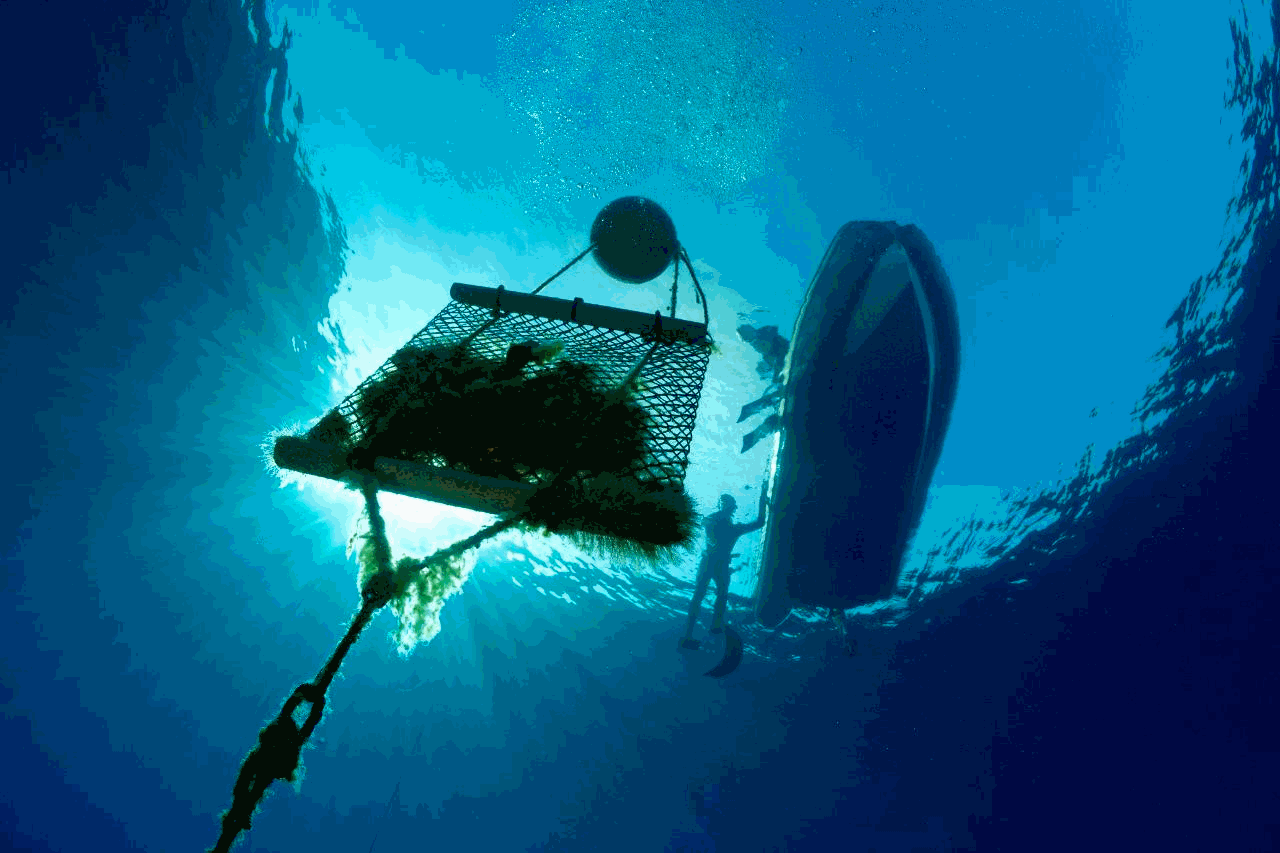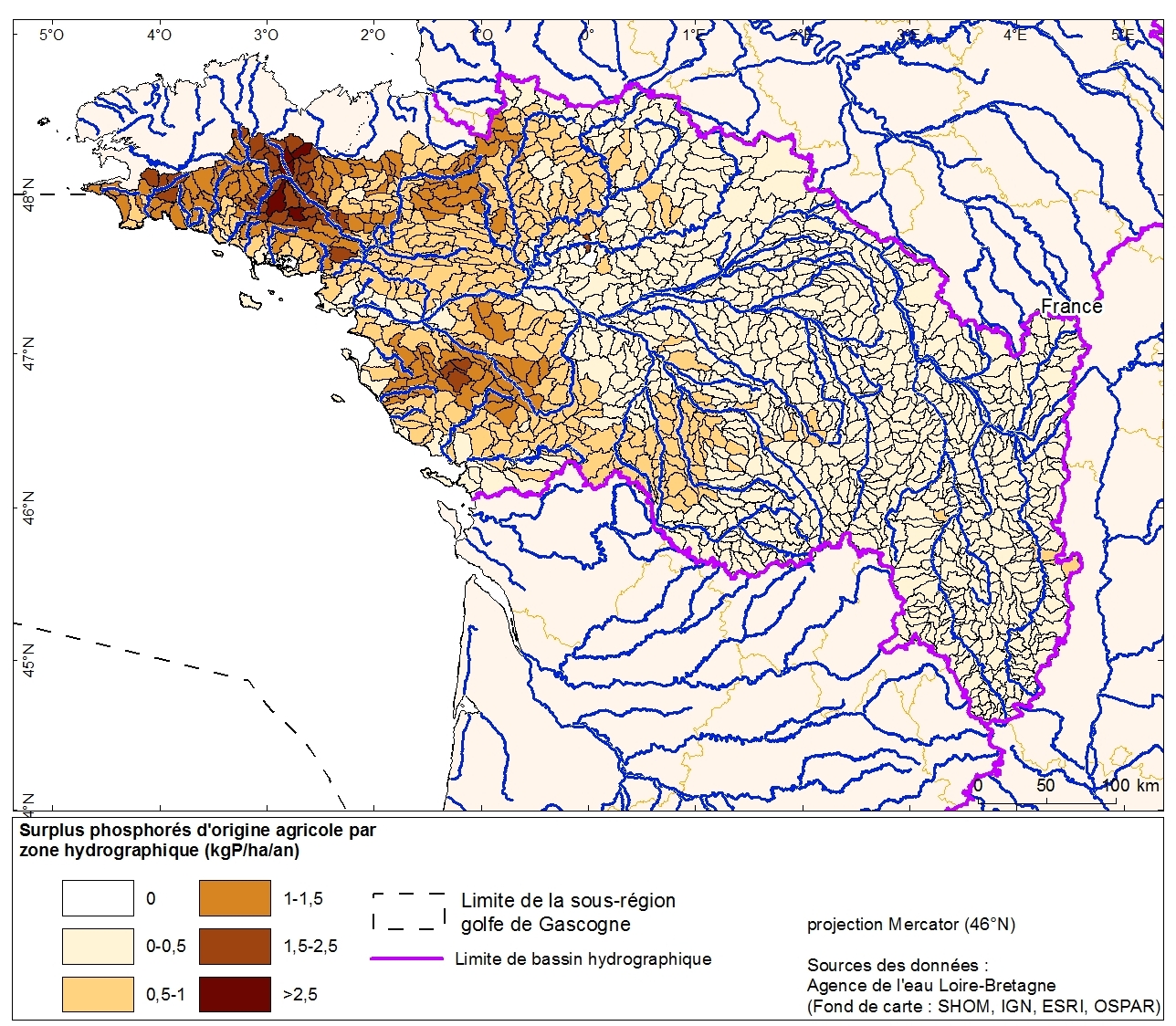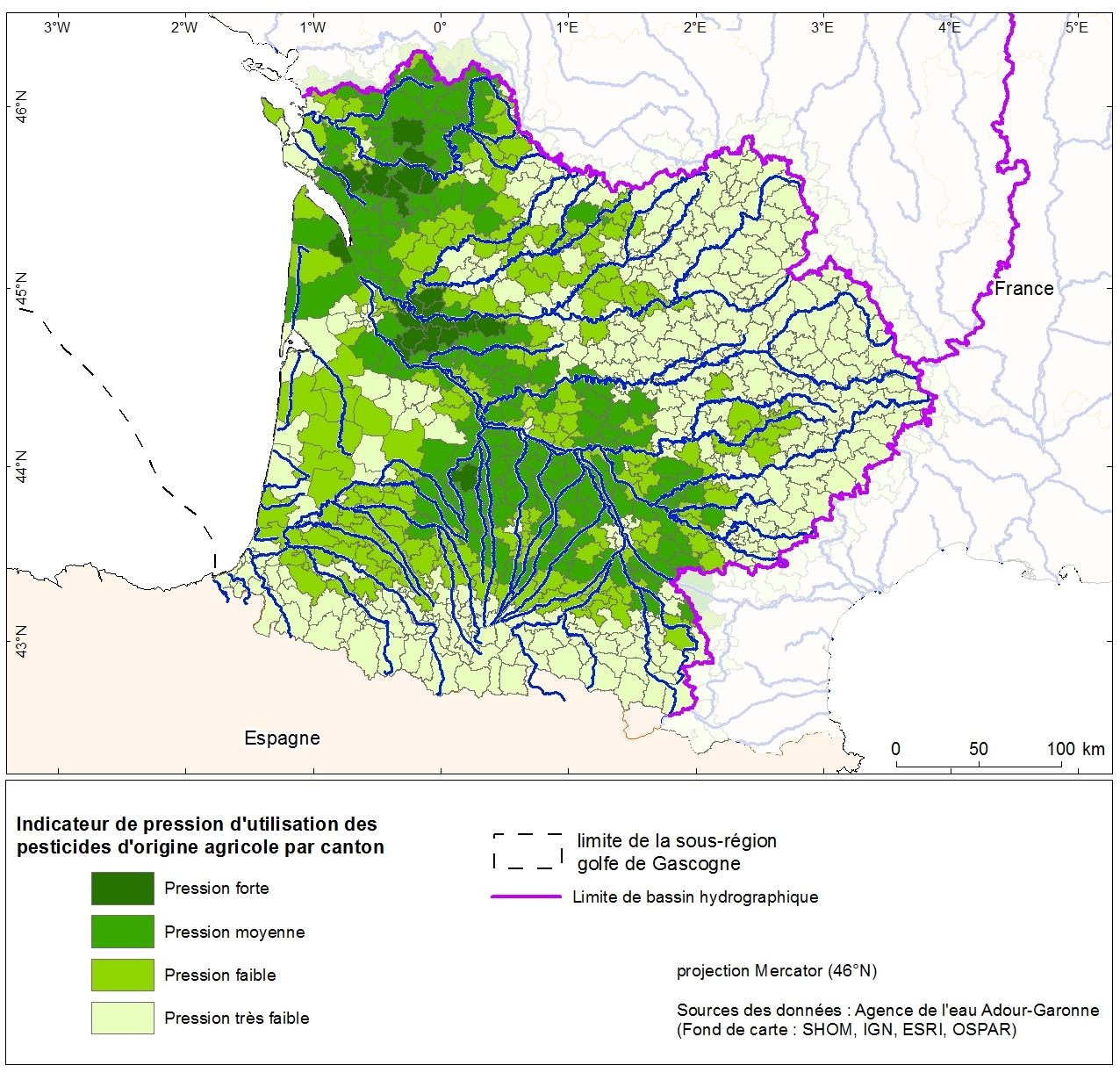DCSMM
Type of resources
Available actions
Topics
Keywords
Contact for the resource
Provided by
Years
Formats
Representation types
Update frequencies
status
Service types
Scale
Resolution
-
Serveur wms du projet DCSMM
-

SUCHIMED 2021 is the 10th campaign for monitoring chemical contamination and its evolution in the Mediterranean Sea. It has been designed as a platform supporting various surveillance and research activities, with the main pillar being the RINBIO network, which involves active biosurveillance through mussel caging. Regarding chemical contamination, the main results of this campaign are as follows: In Occitania region: - Chronic presence of DDT for 20 years. - Detection of terrigenous markers (Mn, As) between the mouths of the Aude and Hérault rivers, along with contamination of sediments near Port-La-Nouvelle by HAP and TCE (Pt). In PACA region: - PCB markers detected between the Rhône River and Marseille (in all matrices), originating from multiple sources with no significant changes over the past 20 years. - HAP contamination in sediments of the industrial-port zone in Fos. - Presence of TBT at the Carry-le-Rouet station above ecologically acceptable concentrations (EAC), to be confirmed in the next campaign. - Detection of metallic elements and HAP in sediments near the Marseille urban area, partly in plankton, along with TCE near the Cortiou wastewater treatment plant outfall. - Chronic marking of PCB, HAP, metals (Hg, Pb, Cu, TCE), PBDE, and/or organotin compounds (TBT) in Toulon Bay, showing no significant temporal trend over two decades for the first five compounds. - Detection of Cr, Mn, and Ni in the water column and HAP in sediments near the Var River mouth, with differences in contamination between matrices raising questions about organic matter origin. - Metal (including Pb) and HAP marking in the water column and sediment in Villefranche Bay. Around Corsica: - Strong influence of the island's geological background (i.e., high Cr and Ni content) on obtained concentrations. - Chronic marking of Cu in the water column in the ports of Porto-Vecchio and Bonifacio, stable over time, with HAP, metals (Hg, Pb, Zn), and to a lesser extent, PCB detection in Bonifacio sediment. - Marking of HAP and TCE in the sediment of the Bastia coastline. - Detection of Pb and TCE at the Golo River mouth. - Contamination of the Canari site with metals (Cr and Ni in the water column, Cu in sediment), and notably, confirmed ecotoxicity likely linked to these elements. The 2021 campaign highlighted the feasibility of researching effects on caged mussels using biomarkers. Lysosomal markers, less sensitive to trophic differences, proved to best reflect the general stress state of organisms related to their contamination. The study of trophic transfers appears to confirm the decrease in most metallic elements (Cr, Cu, Fe, Mn, Ni, Pb) and HAP, bioamplification of Hg and PCB, and specific bioaccumulation of certain elements by organisms (e.g., As or Zn by mussels, HAP by plankton). Finally, the campaign revealed the presence of micro and mesoplastics at almost all sampled sites. The measured microplastic values align with concentrations observed in the western Mediterranean, with a trend towards reduction based on available 10-year data.
-
Ce jeu de donnée regroupe l'ensemble des calculs d'indicateurs (AMBI/M-AMBI) réalisés au titre de la Directive Cadre sur l'Eau à une échelle stationnelle (c’est-à-dire non-aggrégés à l'échelle des Masses d'Eau mais fournit par lieu de surveillance) et par année entre 2006 et 2021. Ces données ont été combinées avec le calcul du GPBI dans l'objectif de renseigner le critère D6C5 au cycle 3 DCSMM.
-
Résultats de l'évaluation DCSMM utilisés pour renseigner le critère D6C5 au cycle 3 DCSMM pour les roches et récifs biogènes infralittoraux à dominante macroalgale à une échelle stationnelle et basée sur les indicateursQISubMac et GPBI Faune & Flore. La plage temporelle des données utilisées correspond à la période d’évaluation cycle3 (2015-2020). Le tableau intègre ainsi les résultats des indicateurs de la DCE (AMBI et M-AMBI) pour chaque lieu de surveillance, par année et sur le cycle 3 DCSMM ainsi que les résultats de l'indicateur GPBI et la combinaison des deux types d'indicateurs.
-
Résultats de l'évaluation DCSMM utilisés pour renseigner partiellement le critère D6C5 au cycle 3 DCSMM pour les habitats de sables, de vases et de sédiments hétérogènes infralittoraux. Le tableau intègre ainsi les résultats des indicateurs de la DCE (AMBI et M-AMBI) pour chaque lieu de surveillance, par année et sur le cycle 3 DCSMM ainsi que les résultats de l'indicateur GPBI et la combinaison des deux types d'indicateurs.
-
"Zones homogènes de dragages" contient la donnée surfacique obtenues à partir des données créés par le BRGM, le CEREMA et issues d'un nombre limité de GPM.
-

Excess phosphorus from agricultural drainage by hydrographic zone in the Loire-Bretagne basin. This data was collected as part of the "initial state" phase of DCSSM with the Loire-Bretagne Water Agency. Referent expert AAMP : Aurélie Blanck.
-

Pressure indication for agricultural pesticide use by the canton Adour-Garonne. This data was collected as part of the initial assessment of the MSFD with the Water Agency of Adour-Garonne. Referent expert AAMP: Aurélie Blanck.
-
La donnée contient la zone d'expansion maximale de la beauxite dans le canyon de Cassidaigne et du domaine bathyal environnant.
-
Résultats de l'évaluation DCSMM utilisés pour renseigner partiellement le critère D6C5 au cycle 3 DCSMM pour les habitats sédimentaires côtiers (sédiments intertidaux ainsi que les sédiments grossiers, hétérogènes, sables et vases de l'infralittorale). Le tableau intègre ainsi les résultats des indicateurs de la DCE (AMBI et M-AMBI) pour chaque lieu de surveillance, par année et sur le cycle 3 DCSMM ainsi que les résultats de l'indicateur GPBI et la combinaison des deux types d'indicateurs.
 Catalogue PIGMA
Catalogue PIGMA